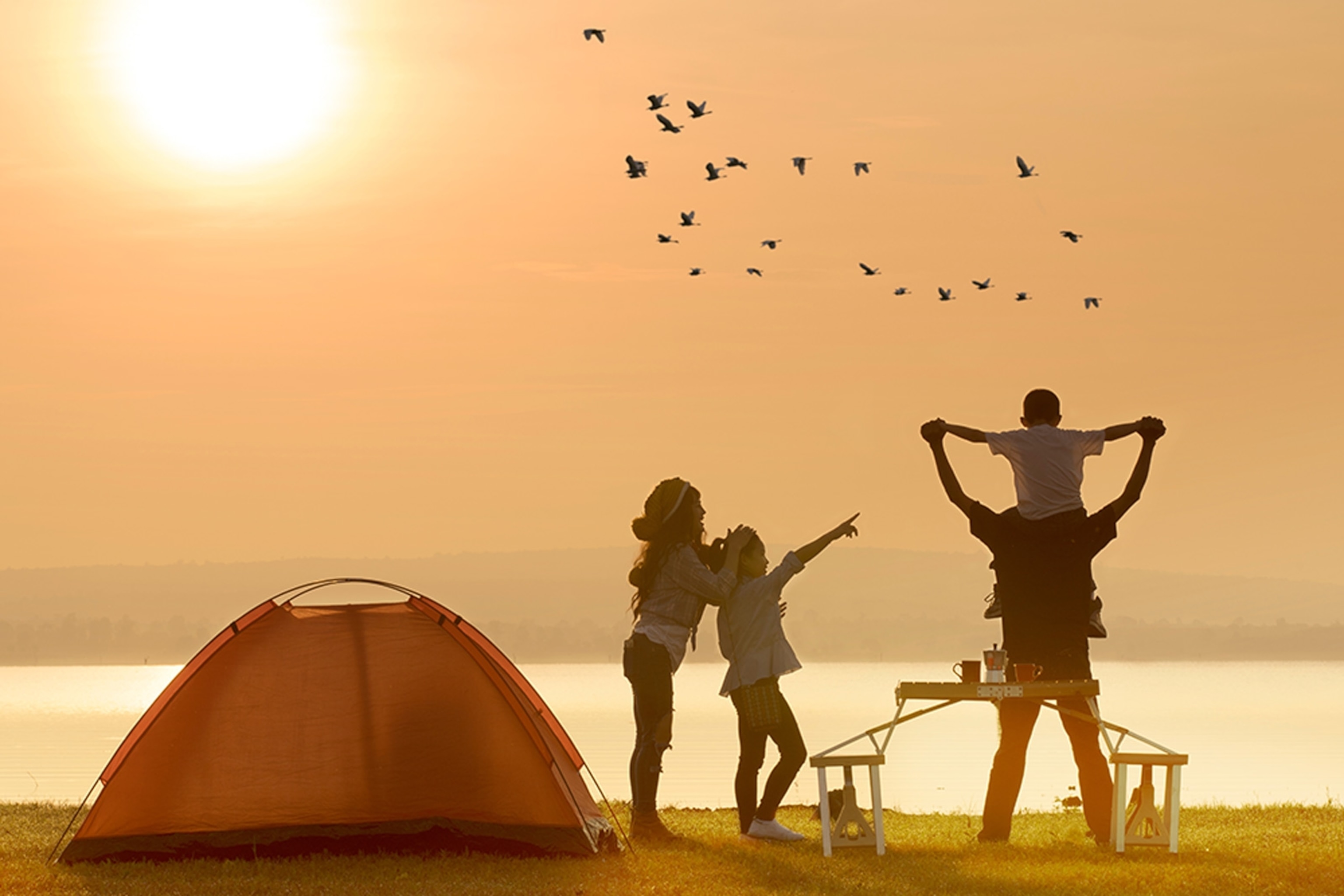
Keeping it wild
25 ideas that inspire kids to protect wildlife
EDITOR'S NOTE: Not all of these tips are recommended during the coronavirus pandemic. Always follow your local government's regulations as well as CDC guidelines to keep your family—and others—safe and healthy during this time. After all, these tips will still be good once this is all over!
Understatement of the year: Kids love animals. And though it’s one thing to squeal over clever dolphins and cute giant pandas, developing a respect for all creatures—as well as their habitats—can help children nurture an empathetic attitude for life. These 25 ideas will help expand your child’s understanding and respect of wildlife.
Look up.
Most scientists estimate the number of bird species in the world to be up to 11,000, so no matter where you live, you’re sure to see something amazing in the sky. Look up the kinds of birds you might see in your area, whether it’s a pelican over an ocean or an owl in a forest. Create a checklist with some fun photos and facts to help identify what you see.
Show "bad" animals as good.
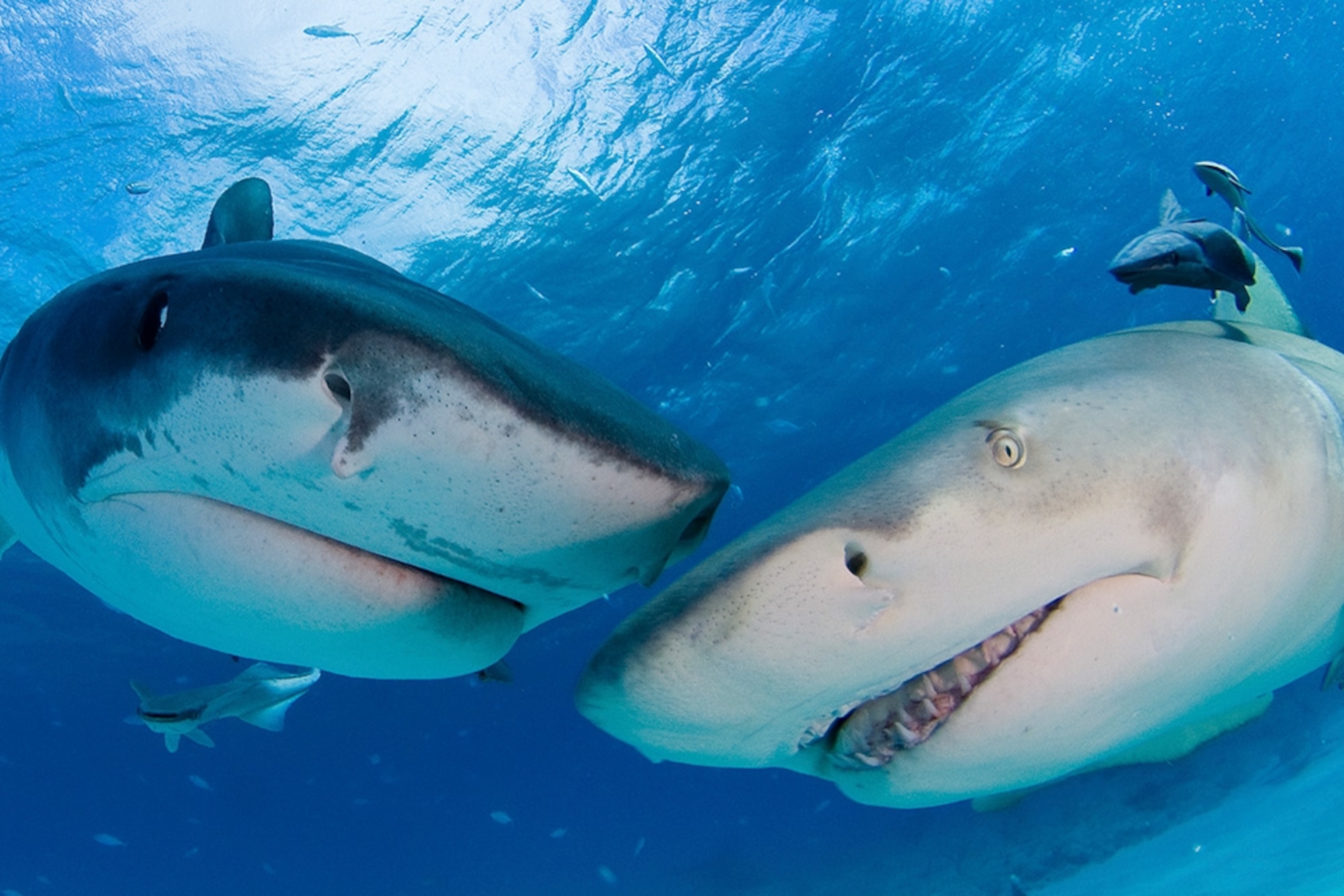
Snakes, sharks, and bees often get a bad rap, but they’re important players in their habitats. To get kids thinking about biodiversity, have one person name a “bad” animal, then have others defend that critter. For example, sharks keep oceans healthy by keeping fish populations under control; bees pollinate flowers so we can have fruits and veggies.
Collect nature (in a kind way).
Help kids remember the important wildlife habitats they’ve experienced by collecting dead leaves, fallen flowers, broken pinecones, and bark rubbings from trails. Then create a scrapbook on a rainy day. (Avoid collecting live plants or anything that could be food or shelter for critters.)
Take a flower tour.
Those wildflowers outside the school or bushes lining the grocery store sidewalks are prime locations to spot birds, butterflies, and bees—and learn about biodiversity. Check with managers to see if a landscaper is available for a quick tour that will show children that wildlife isn’t just in forests.
Try a wild perspective.
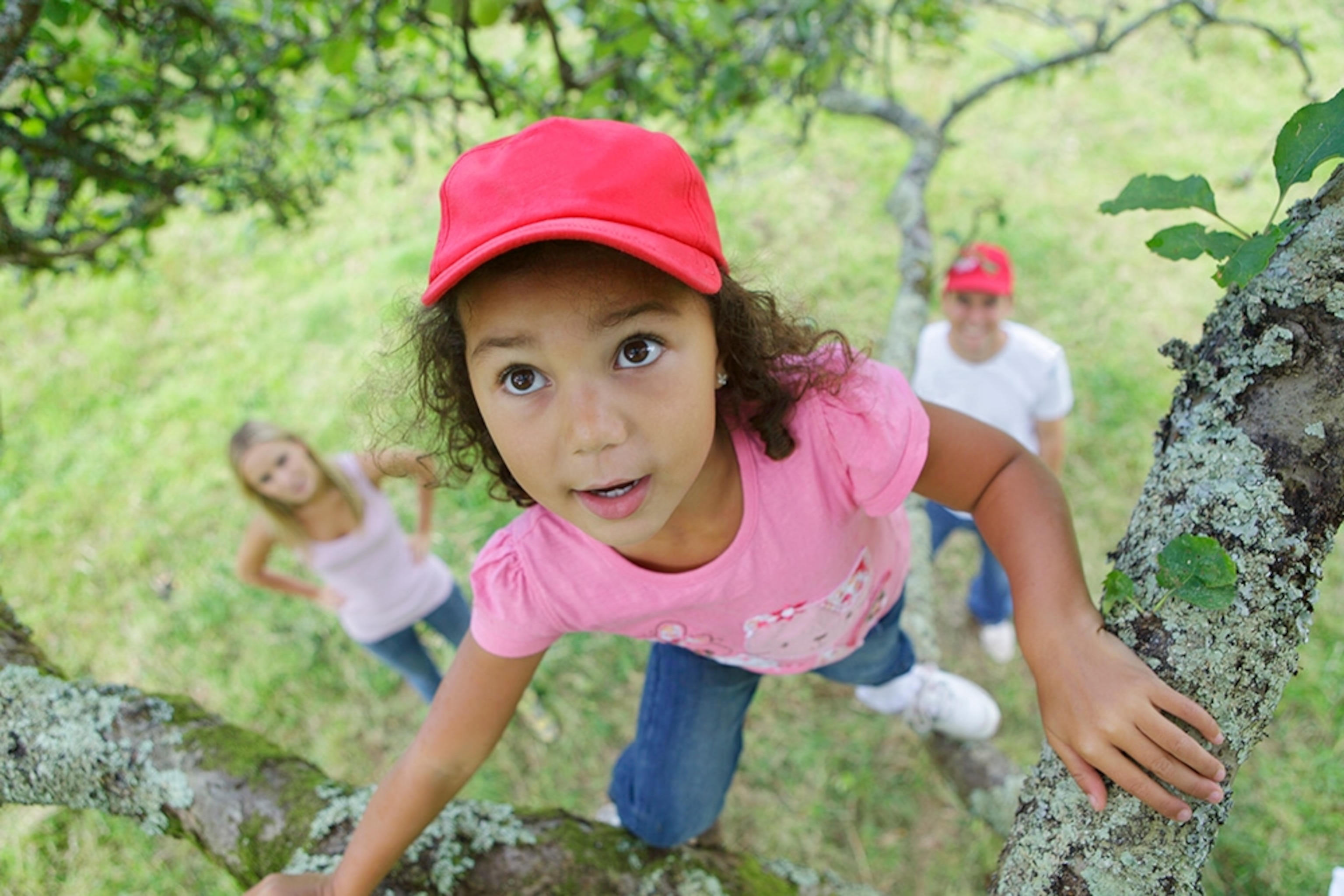
Show kids a monkey’s view by allowing some tree climbing, or a beetle’s view by letting them crawl inside bushes. Changing perspectives can give kids a sense of what life would be like in a different environment, an important step to fostering empathy.
Up your camera skills.
Encourage budding wildlife photographers to take their cameras out of auto mode and experiment with the zoom feature or different lenses. Checking out different perspectives on wildlife helps kids see animals in a way they’ve never thought about before.
Slip on a snorkel mask.
Encourage children to explore hidden underwater worlds. Watching interactions between fish, plants, currents, and sand shows children the importance of biodiversity.
Teach some fun.
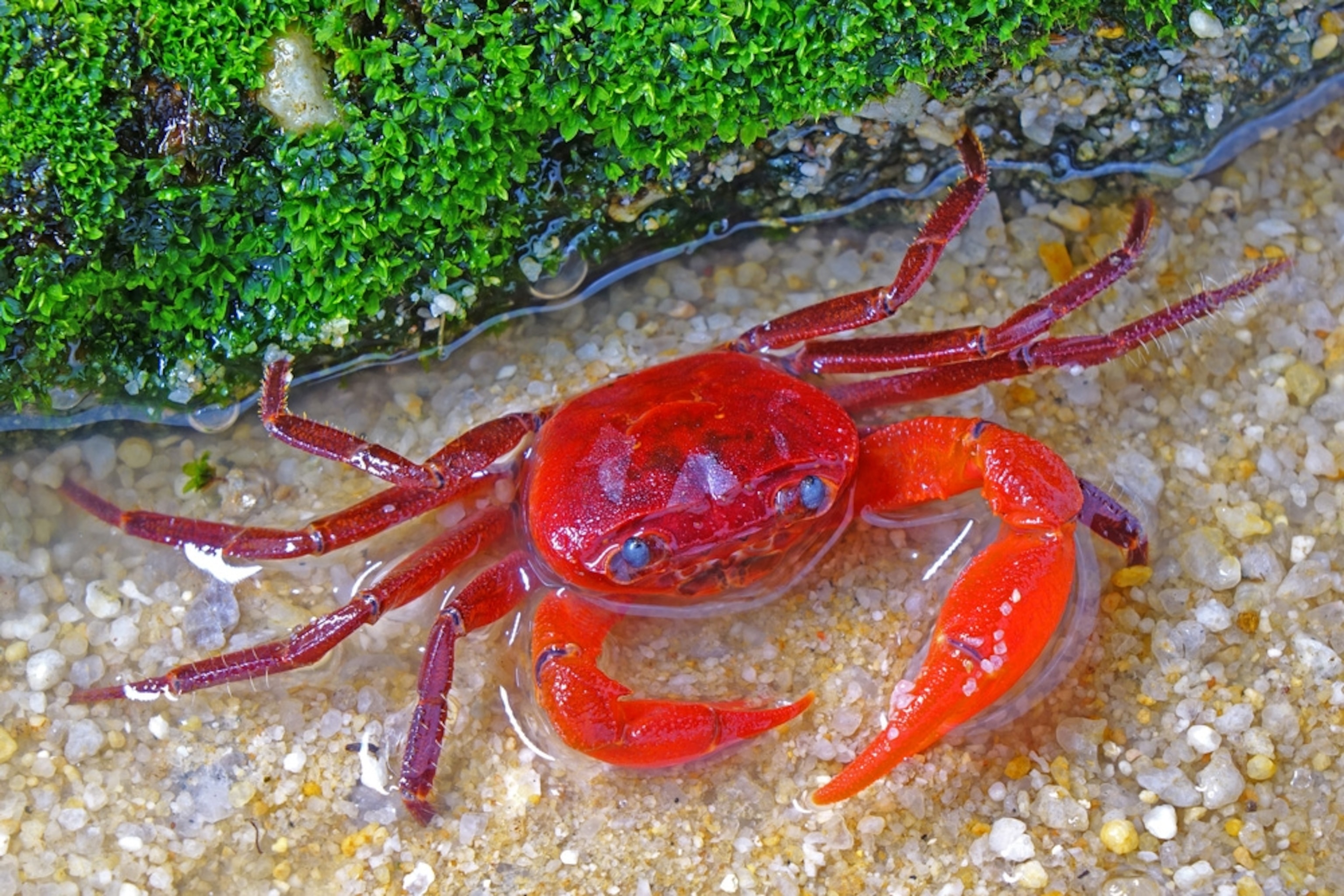
The more kids learn about animals, the more they’ll want to protect them. Have a few critter fun facts in your parenting arsenal that will up an animal’s cool factor. For instance ...
• If you spot a crab, tell kids that crabs that live in the water breathe with gills (like fish), and crabs that live on land breathe with cavities that act like lungs.
• If you spot a spider web, note that spider silk is stronger than steel and that spiders can regrow limbs.
• If you spot a cave, mention that bats “see” their food by bouncing sound waves off of objects, an adaptation called echolocation. (Dolphins do the same thing!)
• If you spot some poop, reveal that one dung beetle can drag more than a thousand times its weight in dung, the equivalent of a human carrying six double-decker buses.
Get schooled.
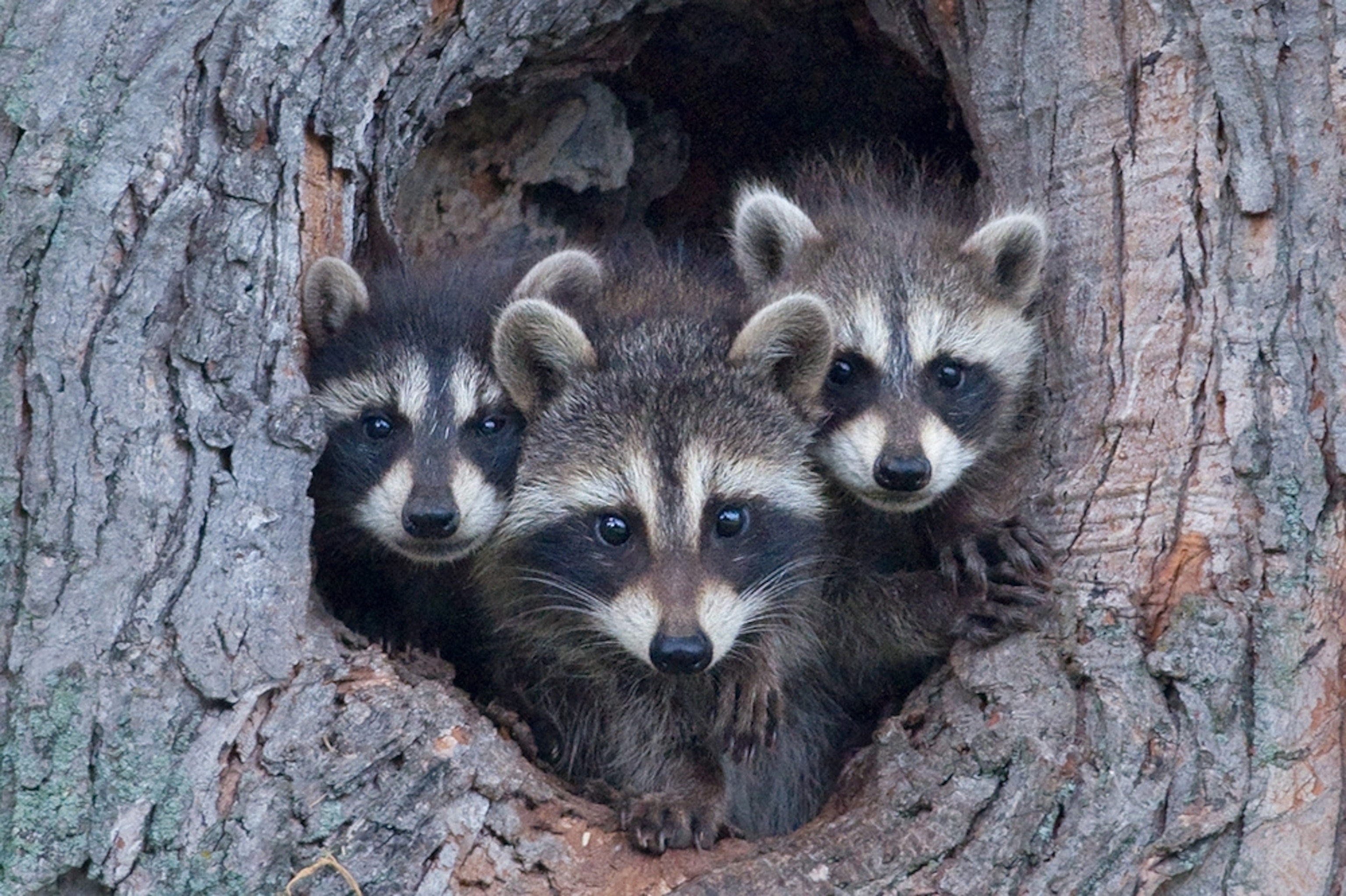
Animals live in surprising places: holes on the beach, tree stumps, even skyscraper windows. Whether you're in a city, at a beach, or in the woods, spark curiosity by asking kids to point out some unexpected homes—and what might be living there.
Stretch like a cobra.
Have kids join your morning yoga routine. Cobra, frog, monkey, and butterfly poses are great ways to get kids thinking about the dexterity of the animals they represent.
Create some art.
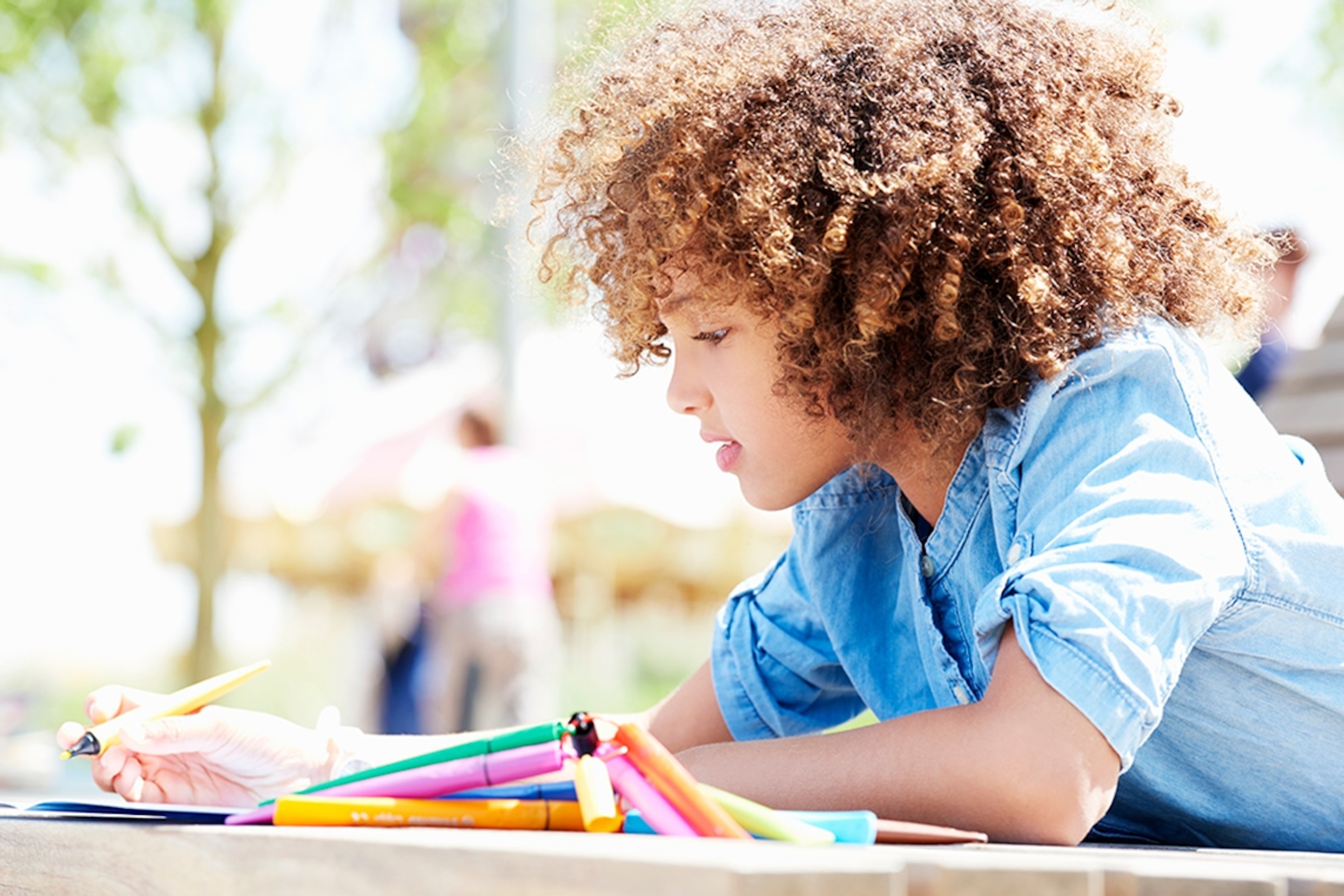
Encourage your mini-artists to think holistically about an animal by sketching the critter in its habitat, capturing the ground, plants, water sources, and other animals (even bugs!). Then turn the artwork into postcards they can send to friends or family.
Find your sky zoo.

Animals have inspired humans for thousands of years—and we have the constellations to prove it. See what animal constellations might be visible in the night sky where you live, and head out to a light-free area to observe them. Some of our favorites include:
—Ursa Major, aka The Bear
—Leo, aka The Lion
—Cygnus, aka The Swan
—Scorpius, aka The Scorpion
—Cancer, aka The Crab
Do one good thing.
Make an effort to do one good thing for wildlife every week. Take time to pick up trash on a hike, skip the plastic straws at the restaurant, or support a local initiative in the area you’re visiting. Make sure the kids understand the connection to animals—how one good thing really can make a difference in the world.
Stay and Play.
Inspire kids to protect animals on your next vacation by staying at properties that keep eco-friendliness in mind. Show them how resorts and safari parks can make a difference, whether they stick decals on windows to warn birds, maintain proper distances from wild animals on tours, and use reduced lighting at night.
Find the real-life spongebob.
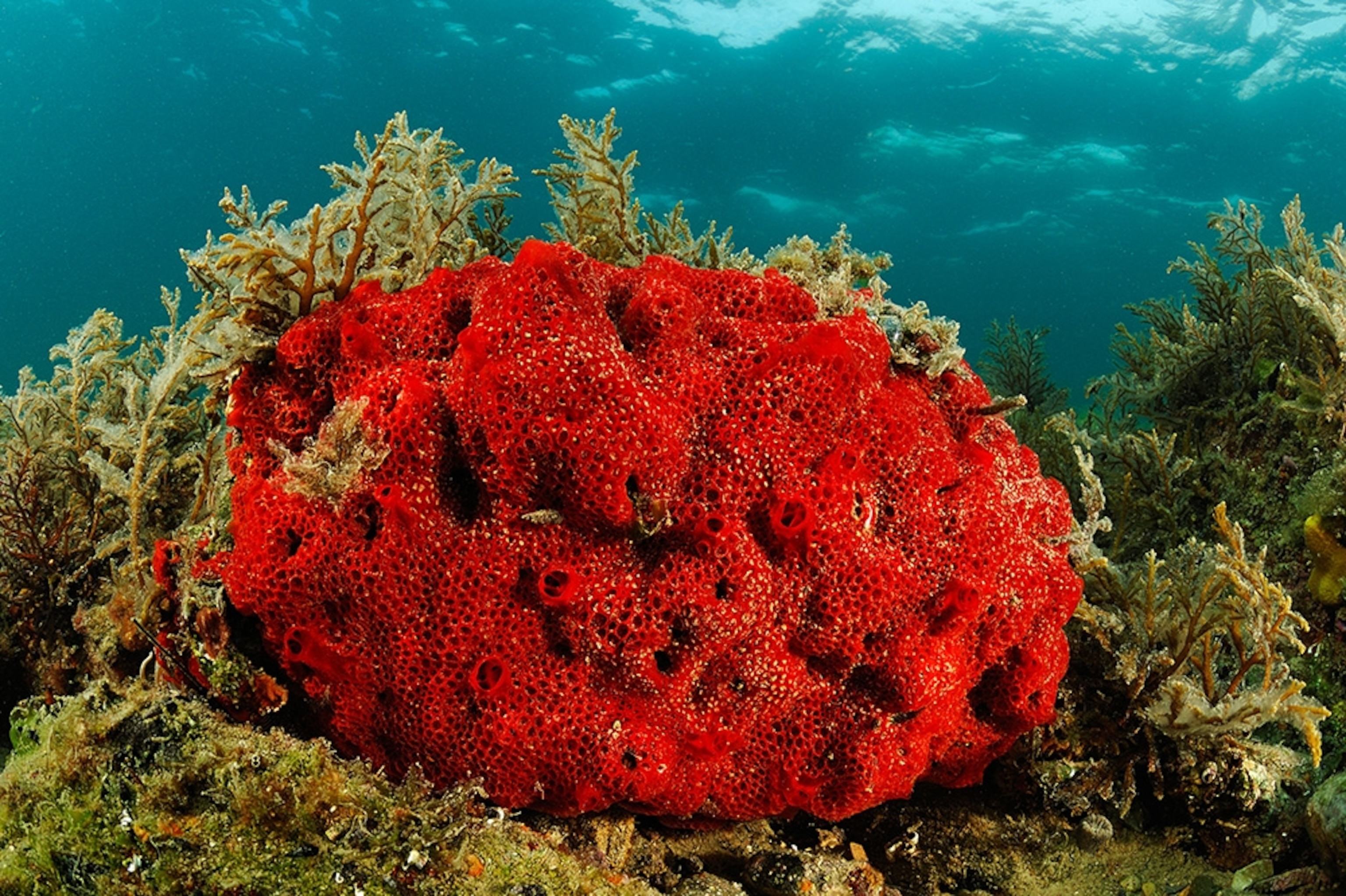
That thing we do in which we turn animals into clothes-wearing cartoons? It’s called anthropomorphizing—and it can confuse children so that they don’t see animals as real, living things. Use video breaks to talk to your kids about the difference between The Lion King’s Pumba and a real warthog, or SpongeBob SquarePants and a real sea sponge (and why the real animals won’t be breaking into song).
Pack an exploration kit.

Include things like a magnifying glass, binoculars, and a notebook, which can help children explore the world around them. By recording their observations of tiny creatures, faraway habitats, and even poop from city critters, they’ll have a better understanding of the diversity of wildlife—and how it all works together.
Don't forget the little guys.
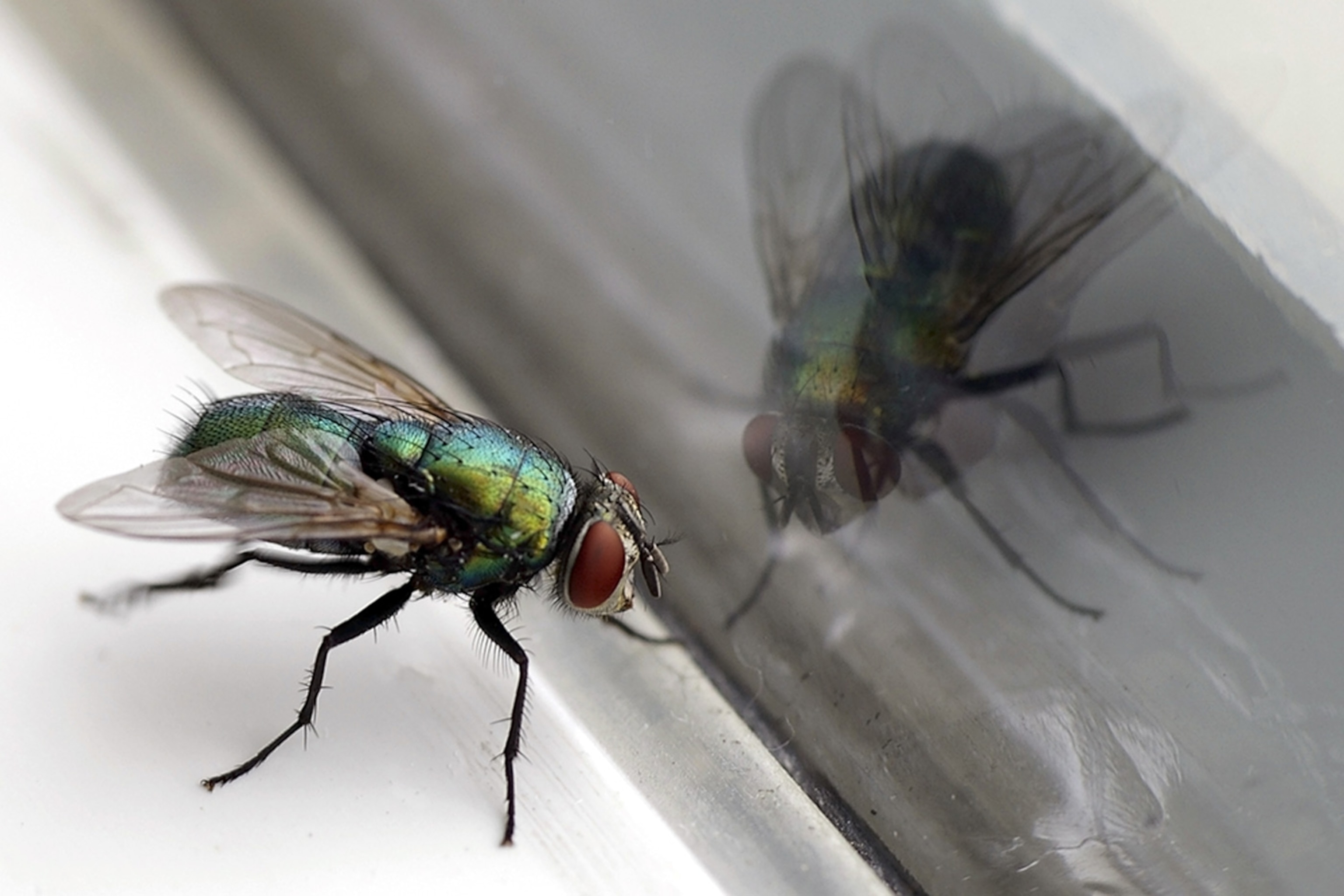
Even that wayward ant or stray caterpillar in your kitchen or garage can be a lesson in wildlife. Before releasing it outside, encourage kids to observe its movements and think about the benefits it brings to the environment (even if the benefit is “spider meat”). Kids are less likely to be bullying bug stompers if they have a better understanding of the tiniest among us.
Embrace the night.
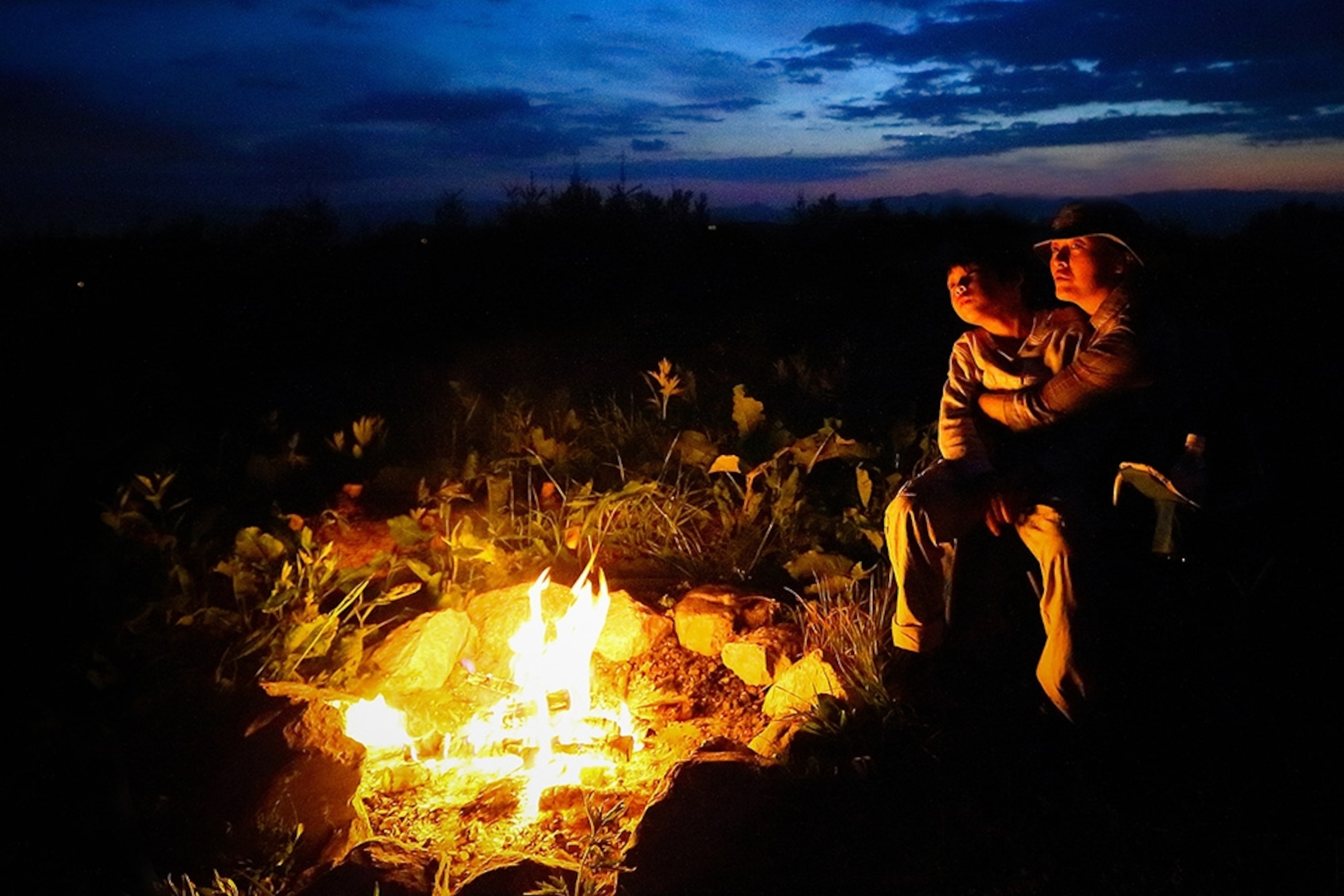
Let children stay up late every once in a while to listen for the night sounds. What do you hear? Then make things really interesting with a night walk to see what nocturnal animals call your location home.
Follow the rules.
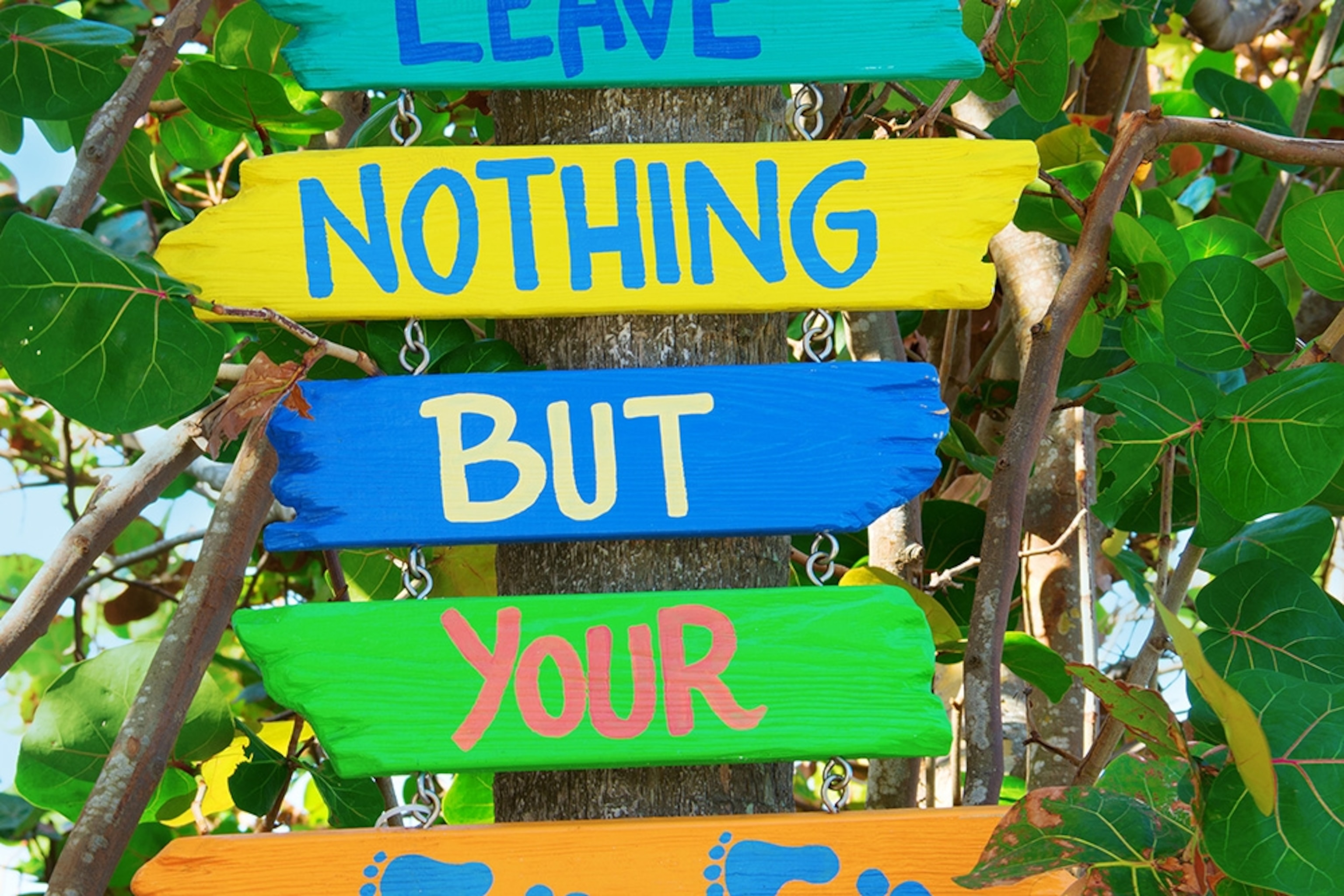
Throw away trash so it doesn’t negatively impact the habitat or isn’t mistaken for food.
Never feed the animals.
That goes for chasing and trying to touch them too. Even bread for ducks can be harmful to the animal.
Stay on marked trails.
Trampling down grasses, turning over rocks, and moving logs can negatively affect a creature’s habitat.
Keep it where it's at.
Don’t remove anything from a habitat, like seashells or tree leaves—they could be important food or shelter for critters.
Sshh!!
Use quiet voices that won’t alarm animals.
Look, don't splash.
Don’t splash in tide pools; that might upset the critters living there or harm their environment.
And finally … Play some games!
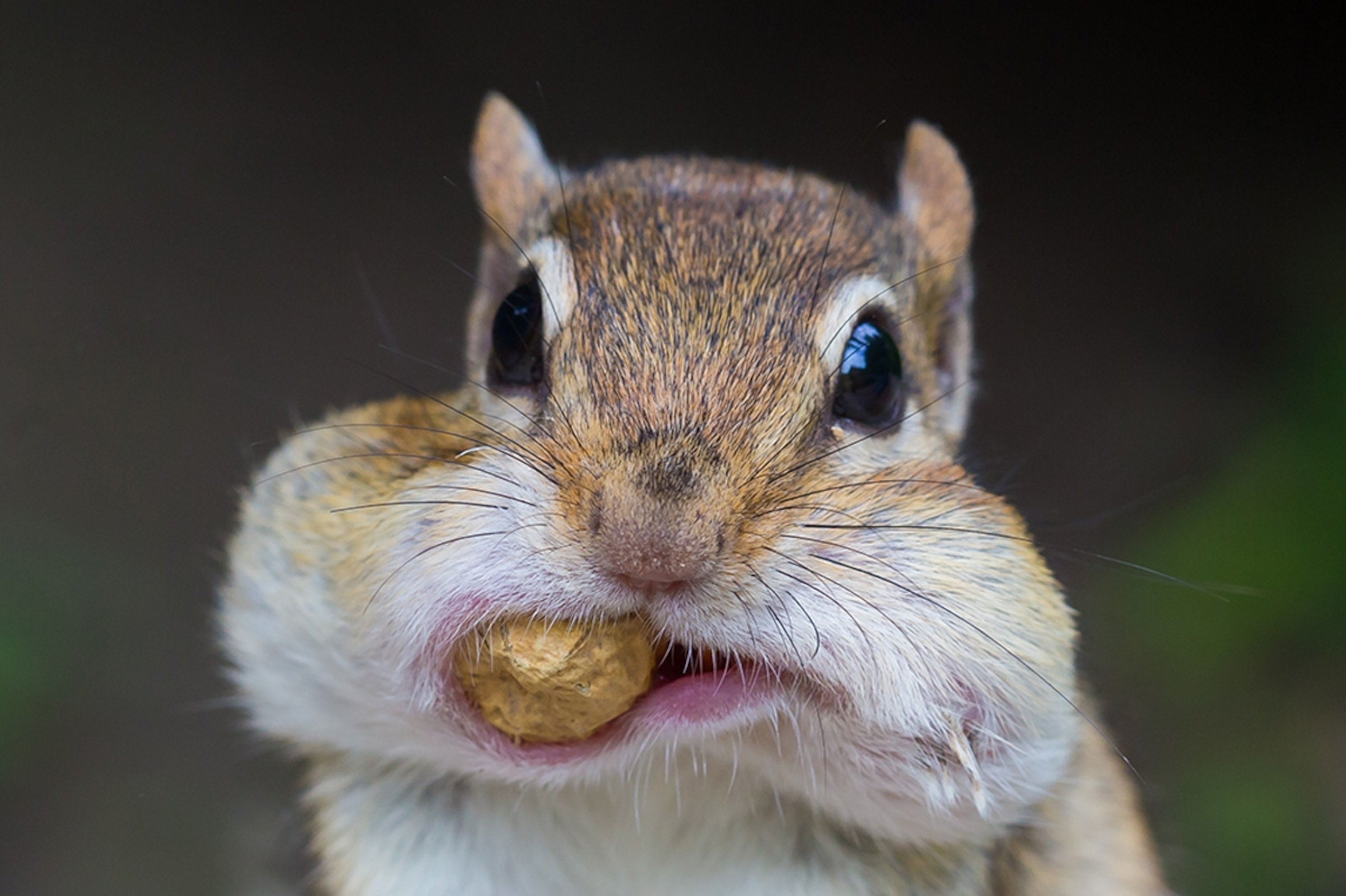
Scavenger Hunt 2.0: Up the stakes in your standard scavenger hunt by adding an extra layer to what you find. Instead of simply spotting a chipmunk, players must also mimic a cheek full of nuts; instead of only finding a bird’s nest, players must also tweet (offline, of course!). Focusing on behavior as well as the animal itself helps kids understand the critter’s role in its habitat.
Rooms With a View: Trapped inside by bad weather? Have one person name an animal, then ask others to find potential homes in your surrounding space, describing how the animal will eat, drink, and sleep. Someone will eventually try to house a tiger under a bed that drinks from a toilet and eats leftover room service. Giggles guaranteed.
Wildlife Break: Avoid kids going stir-crazy at museums and long sporting events with a few wildlife questions to get them exploring in different ways. Here are some starter questions:
• What do you think is the smallest or biggest animal living here?
• Who can spot five animals in the art?
• How would you explore this museum if you were a fox? An eagle?
Wildlife Waiting Game: Fill some empty space by twisting the traditional “I Spy” game. Take turns calling out the name of a wild animal that reminds you of a ride (for instance, an octopus for a ride that has a lot of moving arms), then have each member of the family do their best impression. The winner gets to call out the next animal.




